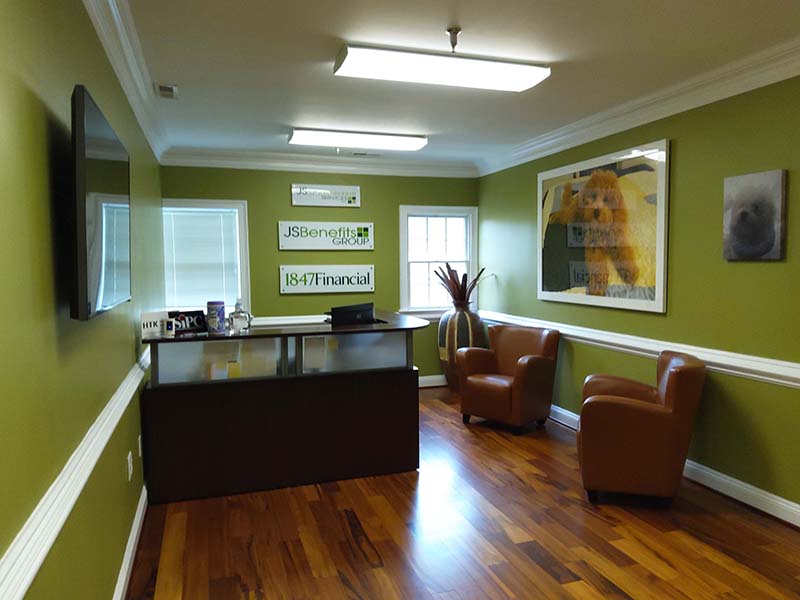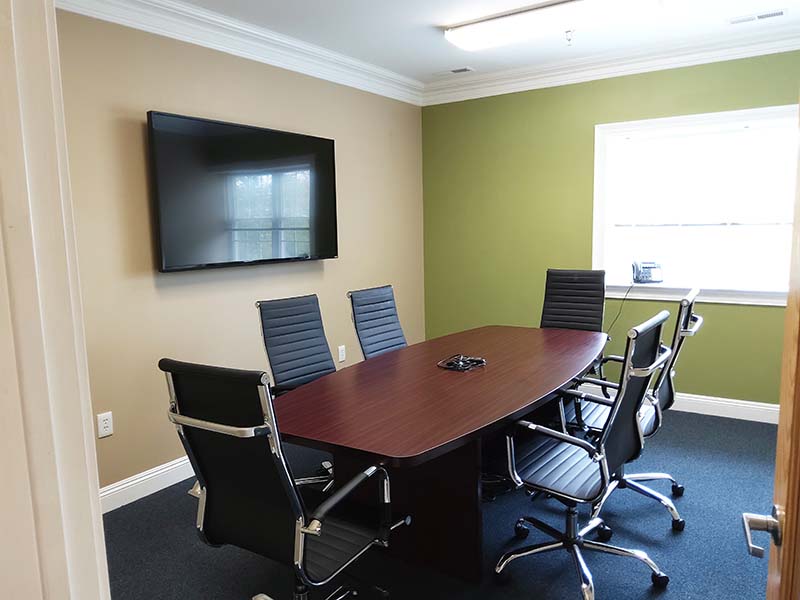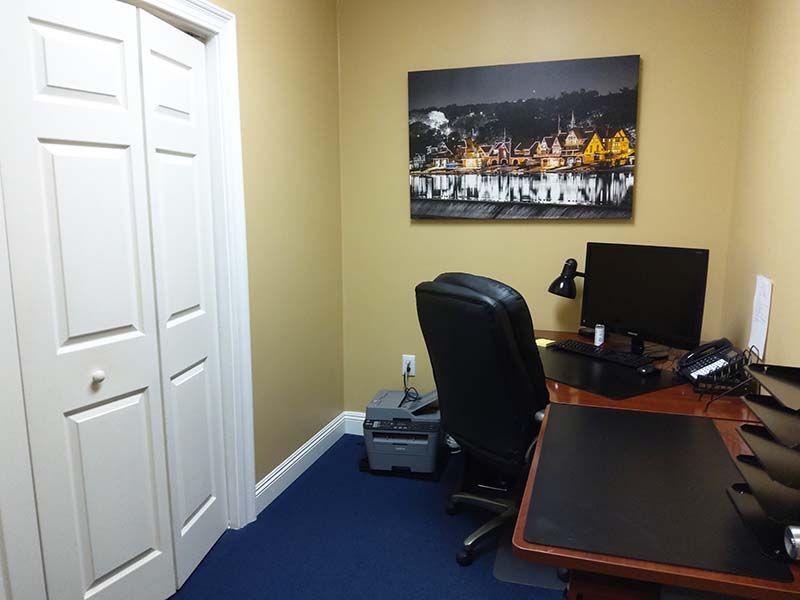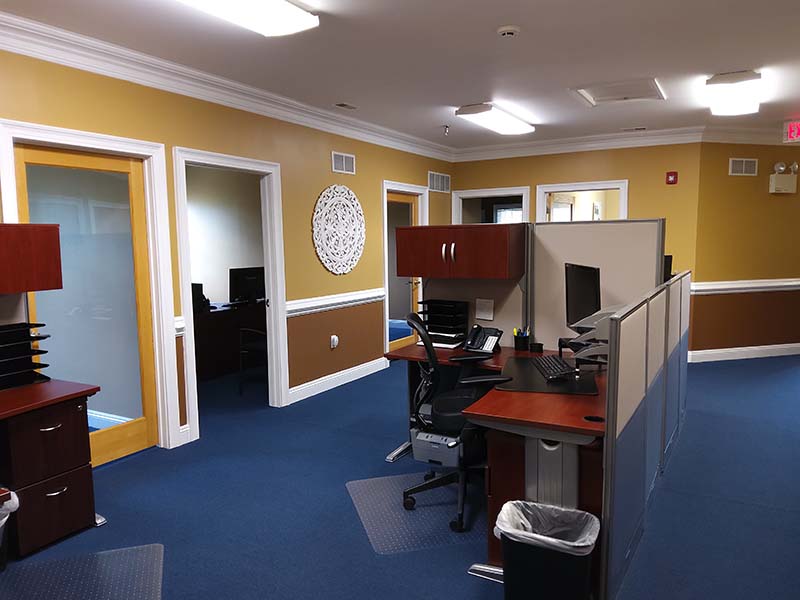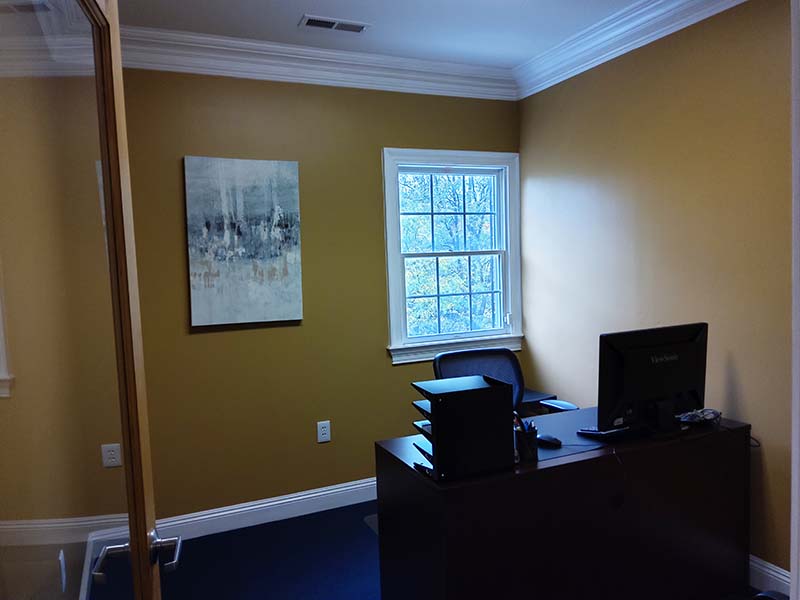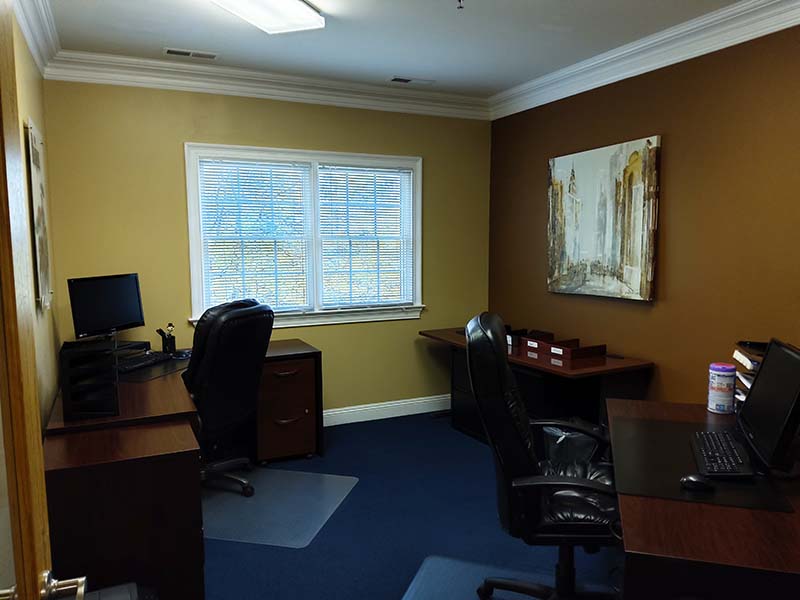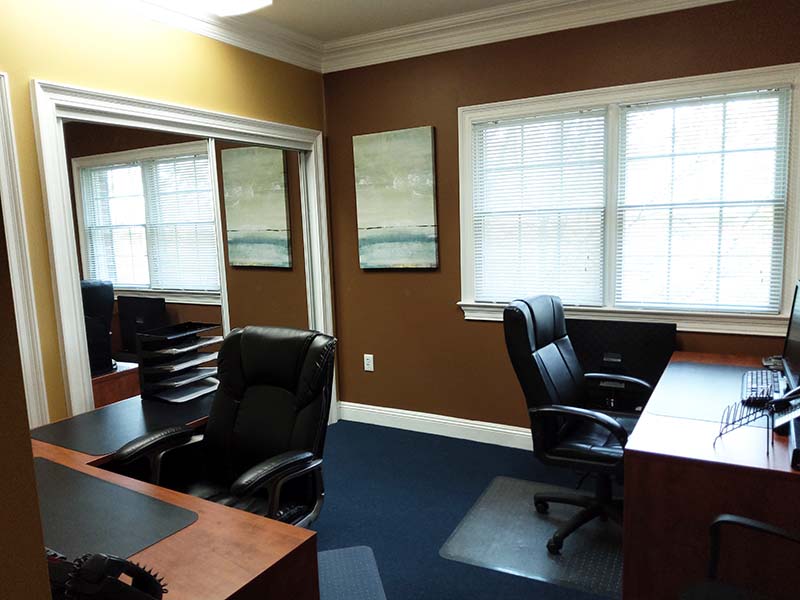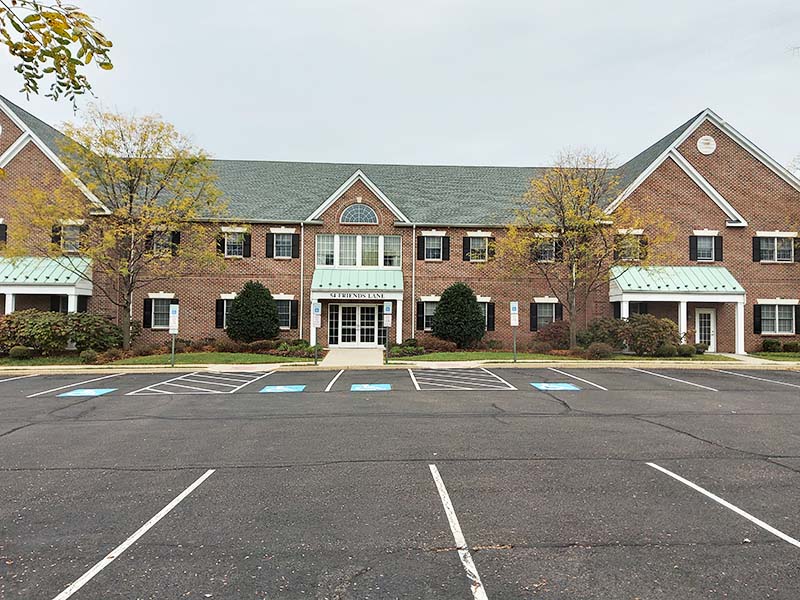
How an office is designed has a direct impact on employee performance, and, by extension, on the company’s profitability. Business owners are waking up to this crucial connection, and therefore, it is not surprising to see traditional office structures make way for more flexible and unorthodox designs. But what are the office environment factors that can affect employee productivity? Let’s get down to them.
Lighting
Is your office designed to let sufficient sunlight in? Bright light can reduce anxiety and depression, increasing happiness and motivation – this is why psychologists often recommend spending time outdoors.
Moreover, decent lighting can also prevent Computer Vision Syndrome (CVS), which is a combination of various vision problems experienced by people who spend extended periods in front of computer screens.
If your office does not have enough windows, you can always install bright, blue-tinted lighting to make sure that your employees do not suffer the adverse effects of insufficient lighting.
Air Quality
Air quality plays a silent yet central role in defining your workers’ output and efficiency. According to a study conducted by Pub Med, poor air in a workplace can reduce productivity by a surprising 6 to 9 percent.
There are several ways you can improve the air quality within your offices, such as installing better air filters, increasing air circulation, and making design alterations that will help increase exposure to outdoor air.
Colors
The colors we are surrounded with have a profound impact on our mood and behavior. Bland colors, such as gray, white, or beige, can induce feelings of depression and sadness amongst workers.
In contrast, colors such as yellow, green, red or blue, can increase efficiency and focus, trigger positive emotions such as happiness, and even boost energy and creativity while also inciting a general sense of calmness and peace.
1) Temperature:
Although the ‘perfect’ working temperature might vary from workplace to workplace, research suggests that the ideal average temperature is around 70 degrees Fahrenheit (21.1 degrees Celsius).
Of course, there are individual preferences – one temperature might be ideal for an employee, too low for another, while a third employee might find the place too hot. Hence, you can only identify the correct mercury number for your team through experiments and trial-and-error.
2) Relaxation spaces:
More and more businesses, including NASA and Nike, are offering relaxing areas to their employees where they can sit in peace, meditate, or even take a quick nap. These resting phases are particularly important in preventing afternoon fog and keeping workers productive throughout the day, not to mention that they provide a much-needed escape from office desks and computer screens.
3) Plants and greenery:
Office plants serve more than just a decorative purpose. A study published by Wired UK states that the presence of plants can increase workplace productivity by as much as 15%. Since plants create an oxygenating effect while making employees feel closer to nature, it is no surprise that plants have such a tremendous impact on output.
Even though there are other ways to boost employee productivity, changing your office environment can help you get significantly more out of your employees in a healthy and positive manner.

